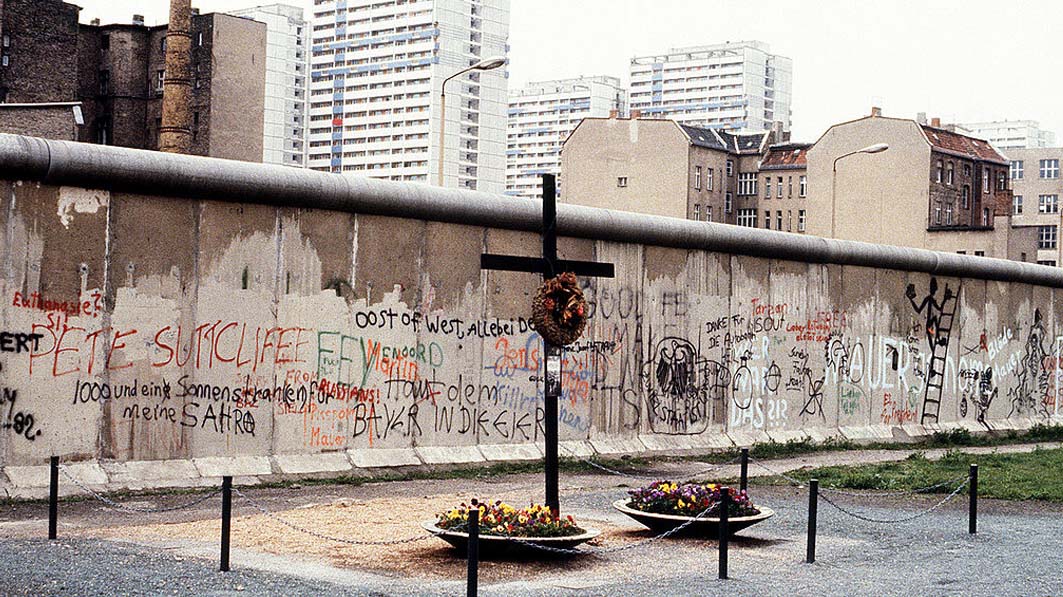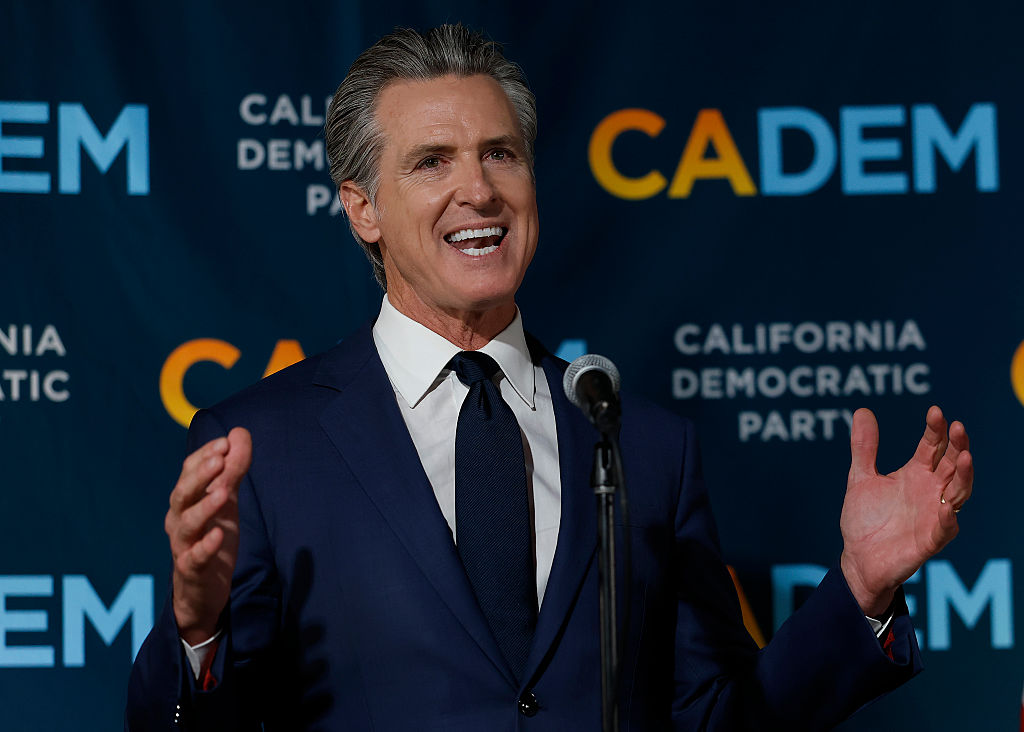The Day Freedom Won – 30 Years Since the Berlin Wall Came Down

On November 9, 1989, the East German Soviet-controlled government made a surprise announcement. At midnight, citizens were free to cross the borders into West Berlin and the larger West German country as a whole. After more than 40 years, the barrier between East and West Germany, symbolized by the Berlin Wall, was no more. Freedom was finally returned to the people.
The separation of East and West Germany, and more specifically East and West Berlin, was the result of the Allied forces, the United States, the United Kingdom, France and the Soviet Union (USSR), splitting the country and capital into four occupation zones after World War II.
But the Soviet government resented the occupation of Western Berlin by the other Allied forces. After all, the Allied relationship was more about convenience than actually friendship. Once Hitler was defeated, the Soviets wanted control over not just East Germany, but the entire capital city. The USSR decided to blockade the city and try to starve out the remaining Allied forces. In response, the United States began a yearlong air operation to bring food into West Berlin, known as the Berlin Airlift. The Soviets eventually relented, but the separation between East and West Germany, and the Cold War, was growing.
Over the next couple of years, East Germans could still move freely between the East and the West, but that wouldn’t last for long. Refugees flooding from East Germany to the West frustrated and embarrassed Soviet officials who were obsessed with portraying to the world the superiority of communist rule. The people weren’t fooled, and the stream of refugees fleeing the communist country became so bad that the Soviet government decided that they needed a physical and heavily armed barrier to maintain peace.
The result was the Berlin Wall.
The barbed wire and concrete barriers built in 1961 became the symbol of the difference between the East and West, communism and democracy, repression and freedom. On one side, playful graffiti covered the wall as West Berliners tried to make what was otherwise an ugly barrier a little bit more colorful. The East side there was a sea of gray barriers and buildings. On the one side there was life, the other despair.
That’s what drove people to try and escape, despite the danger to life and limb. Over the next 25 years, more than 100 people, including two children, lost their lives trying to escape from East to West Berlin. About 5,000 were successful in their bid to escape, and even about 600 border guards, who had a firsthand view of life in the West, decided that freedom or death was better than living under communist rule.
But as the years went on cracks started to emerge. Communism, as a system, just wasn’t and isn’t sustainable without a certain amount of economic freedom. The political, economic and military control that the Soviet Union had was beginning to falter under the burgeoning weight of its own failures.
When President Ronald Reagan first famously said, “Mr. Gorbachev, tear down that wall” in 1987, he had no idea that the wall would fall within the next two years. But Gorbachev didn’t tear down the wall, the people did.
After the restrictions on the border were removed, thousands of Berliners from both the East and the West spontaneously went out to help tear down a symbol of division and conflict. It was a historic sight, and one that symbolized that the reign of terror that Soviet communism unleashed on the world in the 1930s was over (for the most part).
In 2019, 30 years later, it seems strange that young Americans would endorse communism and socialism, a government and a system that people did almost anything to escape.
As we celebrate the anniversary of the fall of the Berlin Wall, it’s a great reminder that true freedom is found in opportunity, democracy and liberty, not oppression. Communism and socialism may be portrayed as systems of government that can fix perceived societal ills like inequality or climate change, but those governments are not bastions of equality but systems of brutal suppression.
This is a lesson that American youth should take to heart.
ABOUT THE AUTHOR
Brittany Raymer serves as a policy analyst at Focus on the Family, researching and writing about abortion, assisted suicide, bioethics and a variety of other issues involving the sanctity of human life and broader social issues. She regularly contributes articles to The Daily Citizen and has written op-eds published in The Christian Post and The Washington Examiner. Previously, Raymer worked at Samaritan’s Purse in several roles involving research, social media and web content management. While there, she also contributed research for congressional testimonies and assisted with the Ebola crisis response. Raymer earned a bachelor of arts in history at Seattle Pacific University and completed a master’s degree in history at Liberty University in Virginia. She lives in Colorado Springs with her beloved Yorkie-Poo, Pippa.
Related Posts

Governor Gavin Newsom Becomes a ‘Christian Nationalist’
November 6, 2025



